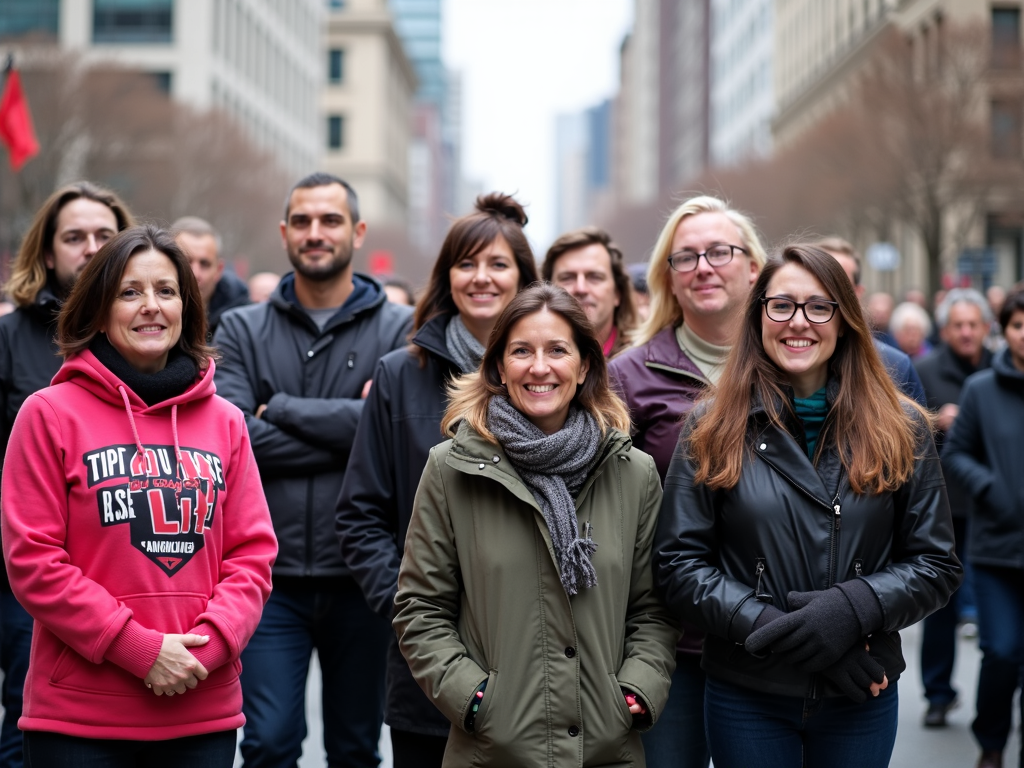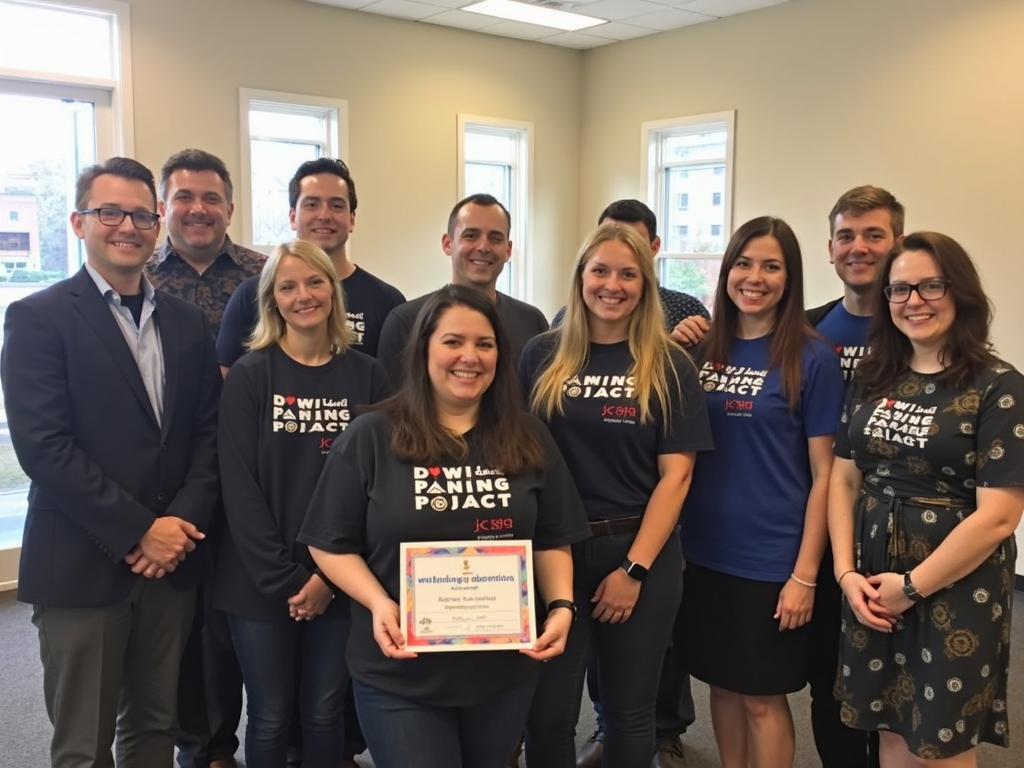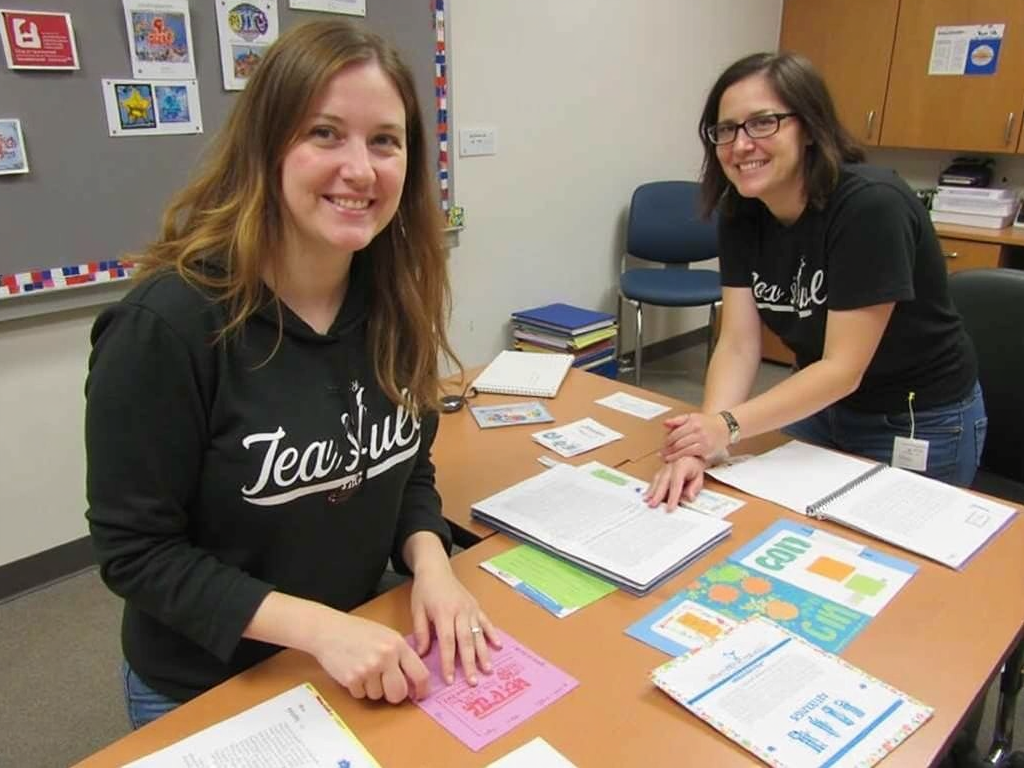How to Measure the Impact of Advocacy Programs
By , June 21, 2025
Overview
Advocacy programs shape opinions and spark change, but how do you know they work? This article dives into simple, effective ways to measure their impact, offering insights for anyone leading or volunteering in these efforts.

What Are Advocacy Programs?
Advocacy programs are efforts to push for change—whether it’s influencing laws, raising awareness, or supporting a cause. They can be small, like a community petition, or big, like a nationwide campaign run by a non-profit.
These programs matter because they give people a voice. They tackle issues like climate change, health care, or equality. But here’s the catch: without measuring their impact, you’re just guessing if they’re working.
Why It’s Worth Measuring
Think about this: a local group campaigns to ban plastic bags. They need to show it made a difference—maybe fewer bags in landfills or a new city rule. Measuring impact proves success, wins funding, and shows where to improve.
I’ve seen programs falter because no one tracked results. Don’t let that happen to yours.

Ways to Measure Impact
You don’t need fancy tools to measure the impact of advocacy programs. Here are three solid methods:
- Surveys: Ask people what they think before and after your program. Did their views change? Are they acting differently?
- Data Tracking: Look at numbers—like how many people joined an event or shared your message online.
- Feedback: Set up a way for participants to share thoughts anytime, like a suggestion box or quick poll.
Picking the Right Measures
Focus on what fits your goal. Here’s a quick guide:
| Measure | What It Tracks | Why It Helps |
|---|---|---|
| Reach | Who saw your message | Shows your audience size |
| Engagement | Who took action (e.g., signed up) | Proves people care |
| Outcomes | Real changes (e.g., new policy) | Confirms your impact |
Start small. One program I helped with tracked signatures on a petition—simple, but it showed growing support.

Real Examples That Worked
Let’s look at two programs that nailed impact measurement.
Clean River Campaign
A volunteer team wanted cleaner rivers. They surveyed locals before and after clean-up events. Result? Awareness jumped 40%, and trash in the river dropped by half. Simple surveys made their case.
School Lunch Push
A group of parents advocated for better school meals. They counted schools that adopted their plan—10 in a year—and asked kids if they ate healthier. Over 60% said yes. Numbers plus stories sealed the deal.

Tough Spots and Fixes
Measuring impact isn’t always easy. Here’s what might trip you up—and how to handle it:
- No Data: Start collecting early. Even a notebook tally beats nothing.
- Hard to Prove Cause: Compare areas with and without your program. Did one change more?
- Low Budget: Use free tools like Google Forms or ask volunteers to help.
Once, we struggled to show our work mattered. A quick online poll turned things around—cheap and fast.
Tools to Try
You don’t need to spend big. Free options work:
- Google Forms: Easy surveys.
- Social Media Insights: Tracks likes and shares.
- Excel: Basic number-crunching.
I’ve used these myself—nothing beats seeing results roll in.

Launching a Successful Advocacy Program
How to launch a successful advocacy program ties right into measurement. Set clear goals from day one—like “get 500 signatures” or “change one law.” Then track them. Volunteers in advocacy initiatives for social change shine when they see their efforts add up.
A friend started a voter drive. She tracked registrations daily. By election day, they hit 1,000 new voters. Clear goals plus data kept everyone motivated.

Wrapping It Up
Measuring the impact of advocacy programs doesn’t have to be hard. Surveys, data, and feedback show what’s working—and what’s not. Whether you’re a volunteer or a leader, these steps help you prove your program’s worth and make it better.
Start today. Pick one method, try it, and tweak as you go. Your cause deserves it.